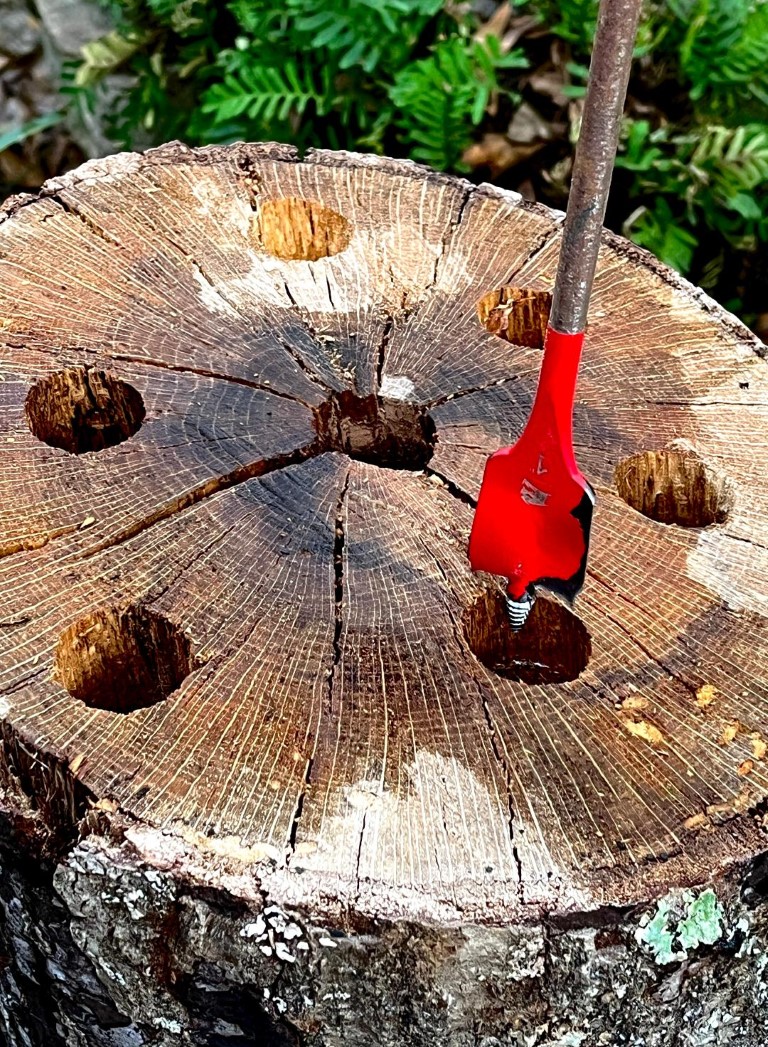New respect for an old stone hoe
Published 1:53 pm Wednesday, November 10, 2021
By John Nelson
Panolian Columnist
I don’t like to go too long without hearing the rhythmic popping of Daddy’s old two-cylinder John Deere 50, but after letting it sit without cranking for a few years, considerable work was recently required to get it going.
Trending
It’s amazing how the barking sounds from the revived tractor began to bring back memories. One was of an incident decades ago that reminded me how much agriculture has changed during my lifetime, and this particular incident also opened a portal to farming methods in use centuries before I was born.
It was 1955 when the tractor was new and I was 12.
In that era before chemicals were in use to control grass and weeds, early cultivation was important to reduce the amount of hoeing required later. So the cultivators were on, and daddy was creeping along in first gear with the front plows set very close to the young cotton plants.
I was walking behind the tractor with my eyes peeled to the ground since I had previously found arrowheads in that field. I heard Daddy shout and looked up in time to see him pull back on the hand clutch stopping the tractor and then motioning me around to the front where a stone object was partially visible between the plows of the front cultivators.
I had pulled it out of the ground by the time Daddy got off the John Deere, and wiping off the dirt revealed a manmade, chipped object with two symmetrical notches for attaching a handle. Since I couldn’t make it out to be a weapon, I suggested it might be an ax, but Daddy showed me that it was too thin to withstand the pounding required of an axe. He judged from it’s shape and thickness that it was a hoe.
I was not excited about finding a stone hoe. Like other boys of the time, I enjoyed taking arrowheads, lance points, and other flint cutting tools to school to share with the class, but I never took the hoe to school, and it never had a place in my arrowhead display.
Trending
At that age, I preferred to think of Indians as skilled hunters and fierce warriors, and since the hoe didn’t fit my narrative, I left it out in much the same way as many news outlets do these days in compiling presentations for their audiences.
But the discovery of the hoe eventually led me to take notice of accounts of Native American agriculture, and I was surprised to learn that half or more of all plants cultivated worldwide today came from Indians in the Americas. And many practices employed by Indians in our area, such as burning off the land every year, were adopted by the first white settlers.
The Chickasaws and Choctaws populated these parts when the first settlers arrived, and of the two tribes, the Choctaws were more advanced in the practice of agriculture. The settlers left accounts of the Choctaw system of sending advance parties into wooded areas along rivers and creeks to girdle the trees with stone axes and allow them to die.
Later, when the bare branches allowed sunlight to reach the ground, a few families would move in and do a minimum of clearing between the trees since their system did not call for open fields and rows. Hoes and digging tools were used to make hills several feet apart where corn was planted along with running beans to climb the corn stalks, and squash was planted at the base of the hills – the “three sisters” as these staples were called.
A few years ago while working with others to promote the Batesville Mounds and get them included on the Mississippi Mound Trail, I became aware of much earlier Native American agriculture. Since artifacts found on location date the mounds and adjacent villages to the mid-Woodland tradition (approximately 500 BC till 700 AD), I felt compelled to learn something of the Woodland culture.
The two earlier societies in North America had first been hunters and then hunter/gatherers, but natives from the Woodland tradition began to save and plant seeds so that edible plants were conveniently available near their villages. Thus the people who built the Batesville Mounds were likely some of the first farmers in what was to become Panola County.
It was a well-attended expo at the mounds in the fall of 2019 that finally got my old hoe some attention. After leading one of the tours that day, I was looking at a table of artifacts that included a couple of hoes. I considered mine to be a superior example and went home to retrieve it from behind some textbooks in my office closet.
Back at the expo as I watched those knowledgeable about such artifacts pass it around and declare it to be an especially well-made tool, I was satisfied that the old hoe was finally getting the “show and tell” that I had denied it back in grammar school.
Considering the rapid changes in farming over the last decades, the John Deere 50 is now about as obsolete as the flint hoe it plowed up back in 1955, but I’m fond of the old tractor and intend to crank it regularly just to hear it if for no other reason.
As for the hoe, I’ve moved it from the closet to a display cabinet in the living room.






